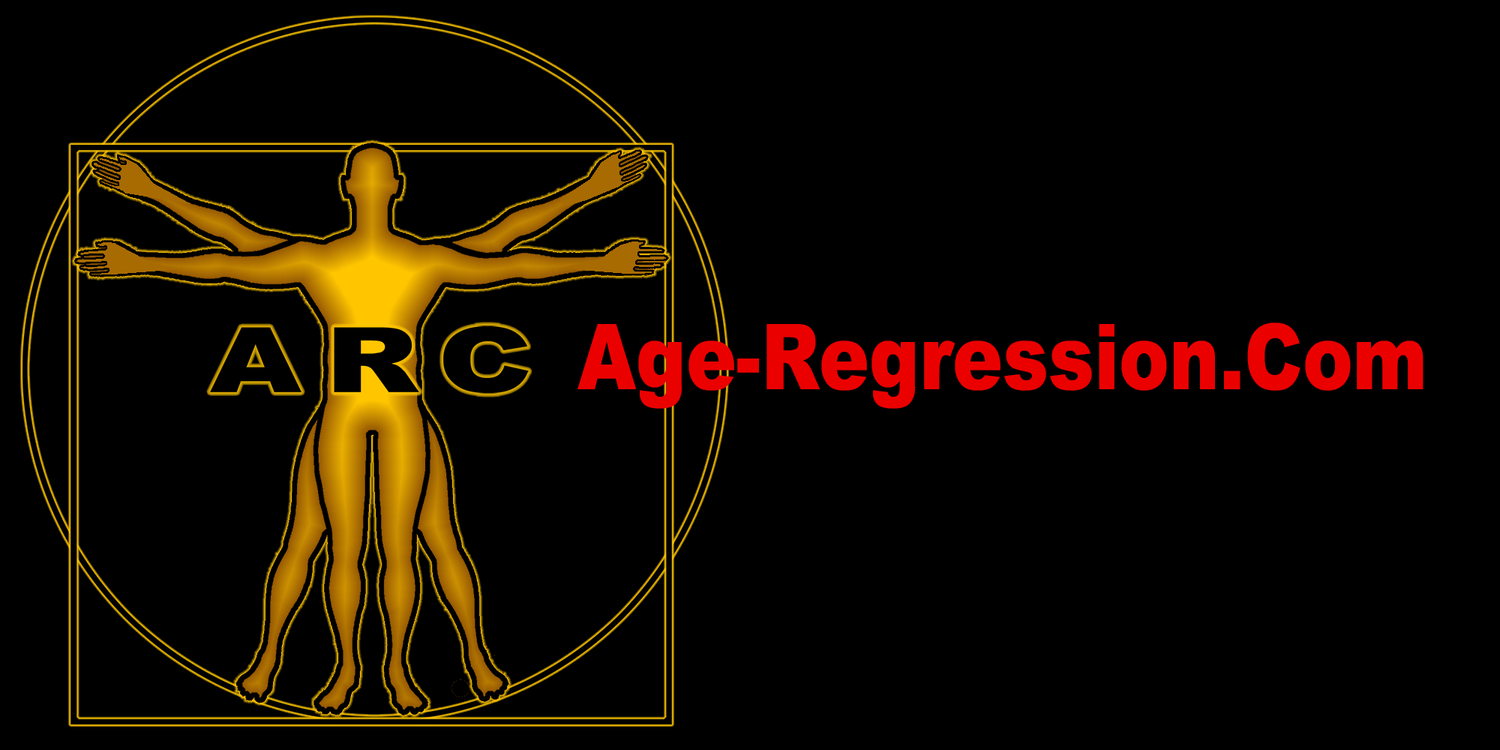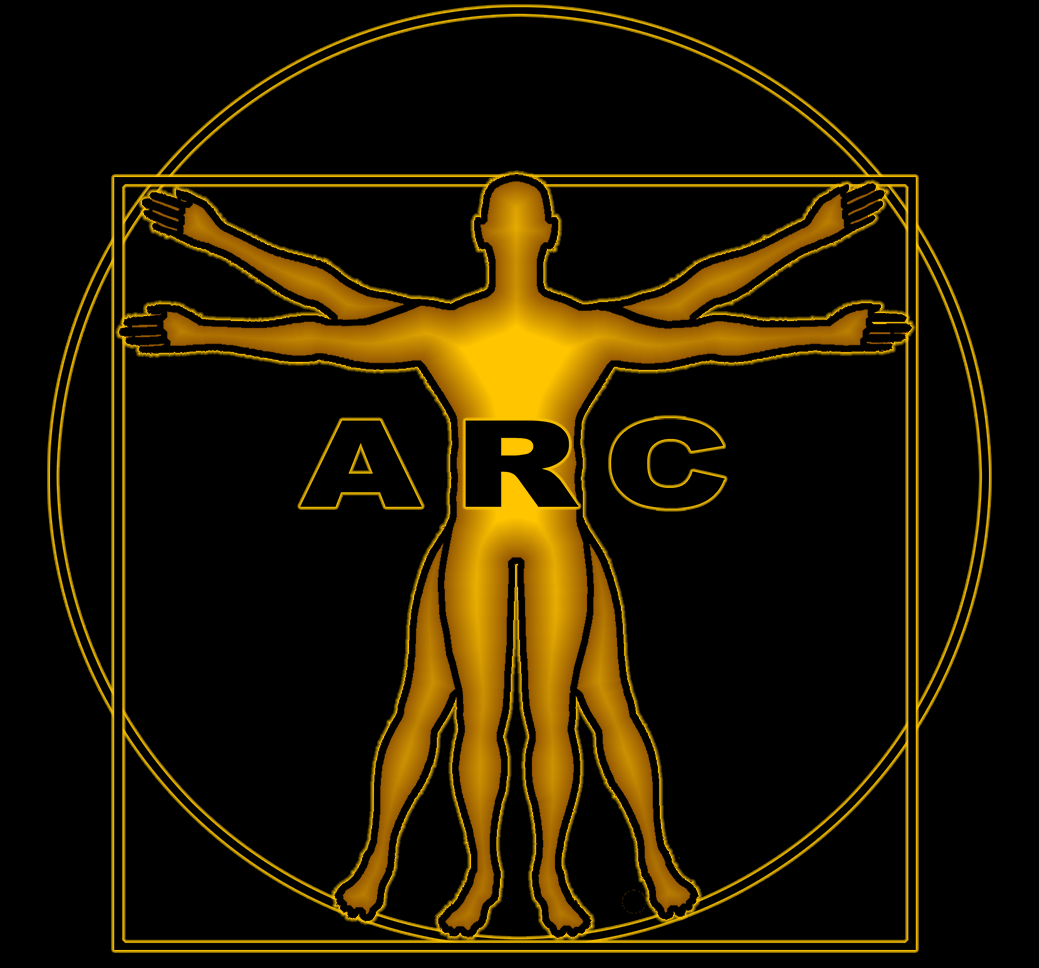
In the early eighties I was living in West Hollywood California. Because a lot of gay men lived in this area, it became evident early in the AIDS epidemic what the consequences of becoming infected with HIV were. With no effective treatments and physicians who were untrained and unprepared to deal with a deadly viral infection, I saw many of my friends and neighbors become sick and eventually die. It took until March of 1987 for the first antiviral, AZT, to get approved by the FDA. The side effects of this single antiviral made compliance for many very difficult, and it was not for several more years that the treatment and research communities would become aware that HIV rapidly evolved around any single point of replication suppression. Effective treatment would require multiple antivirals, hitting multiple points in the virus’s replication life-cycle, to effectively suppress the virus. In 1996 standard of care became exactly that, Highly Active Antiretroviral Therapy or HAART. At this point HIV infection became a chronic, but manageable disease.
What does this have to do with aging? The connections were always tenuous, haunting, but in retrospect; obvious.
The majority of men becoming infected with HIV in the early eighties were young. Most of them were in their twenties to early thirties. Healthy, happy and vibrant individuals. Infection with HIV caused not just a rapid deterioration in their health, but also in their physical appearance. They appeared to rapidly age, going from muscular and energetic to emaciated and frail. Clinicians labeled the process; wasting syndrome. In 1986, AZT would temporally reverse this transformation, returning the individual back to a relatively healthy status and their physical appearance would also dramatically improve. When the virus mutated to evade the selective pressure of this one antiviral, they would again appear to rapidly age, again becoming sick and often dying.
In late 1989 I was asked to participate in running a new research concept. A community based clinical research foundation. Our first clinical trial examined an experimental naturally derived drug called compound Q. My major in college was computer science and I was asked to collect, organize and verify the case report forms that contained all of the collected data from all of the clinical lab draws. Shortly after this trial concluded, one of the organizing physicians, Dr. Paul Rothman began organizing a formal group of local Los Angeles physicians and researchers in an attempt to find something, anything, that would identify and advance the effective treatment of those infected. I joined that organization; AIDS Research Alliance of America (ARA), and in 1990 I became their research director.
We conducted a large number of clinical trials, of compounds and modalities that had scientific merit, but for some reason were not being pursued by the biotech or pharmaceutical industry. On multiple occasions highly placed individuals from NIH and NIAID would provide unpublished information for us to pursue clinically, because they knew we would conduct the research in a credibly way, but more importantly, do it immediately. In several cases we were approached directly by emerging biotech’s to help them develop the initial human clinical data that would enable them to advance their modality into an approved IND regulatory process. On several occasions large pharmaceuticals asked us to conduct proof-of-concept studies outside of any FDA or IND regulatory processes.
The most common reason most of the compounds we studied were not being pursued by the pharmaceutical industry was a lack of profit potential from un-patentable, natural substances. Our reputation for conducting rigorous and respected clinical research led to ARA being retained by virtually all of the pharmaceutical companies developing therapeutics for HIV. Our preliminary clinical research let to the discovery of lead molecules that eventually produced an entirely new class of antivirals; integration inhibitors. We were also designated as the only NIH accredited vaccine research facility outside of the main NIH campus.
My responsibilities at ARA included keeping abreast of emerging research in the HIV field. I did this with a gnawing suspicion that there was a strong connection between aging and HIV infection. It’s very hard to get the mental image of a 25-year-old man looking like he was in his eighties, out of you mind. Because HIV is an infection that targets T-cells, one of the first trials that I personally championed was an investigation of Human Growth Hormone (HGH). Published research indicated that administration of HGH restored the Thymus of aged individuals. T-cells get their name because they mature and become desensitized from self, in the thymic microenvironment. This same research has since been conducted in various forms as a Thymic regeneration, anti-aging, therapeutic intervention. HGH is a growth-related hormone so the connection between HIV and reversing wasting pharmacologically was obvious. Restoring the depleted T-cell population with new and appropriately formed T-cells generated in a de-facto, younger environment, also seemed to have significant merit. Our research demonstrated a moderate increase in T-cell counts. Our participants also experienced dose limiting side effects. Without effective antivirals to protect this new emerging T-cell population, our study did not demonstrate the efficacy that we were looking for as a dramatic interventional option. More recently, Human Growth Hormone has demonstrated the ability to restore the microenvironment of the human thymus in research conducted by Dr. Gregory Fahy. That research has also demonstrated multiple age-regressive benefits. [1]
After leaving ARA in 1999, I started a biotech consulting firm; Biologic. Strategic alliances for biological sciences was our catch phrase and we were successful in small and major deals partnering emerging biotechs with large pharmaceuticals.
So, I have been directly and tangentially focused on drug development and anti-aging, age-regression research for about 32 years. I always felt that an effective treatment for HIV would also effectively address or at least expose a key controlling component of aging. Because effective antiviral interventions have ameliorated the disease processes of HIV, turning it into a chronic manageable disease, it also obscured the virally induced immunological cascade that was the root cause of accelerated aging in these infected individuals. The search for why these individuals aged rapidly evaporated. But now after many years, that virally induced accelerated aging process has now been exposed, proving the hypothesis and the connection.
Michael and Irina Conboy, well respected professors and researchers from the bioengineering department of the University of Berkley, have conducted and reported on a wealth of important, rigorous, scientific research in the field of aging. In 2017 Irina Conboy and Yutong Liu published a paper titled “Unexpected evolutionarily conserved rapid effects of viral infection on oxytocin receptor and TGFβ/pSmad3 [2].” They found that “lentiviral control vectors (HIV is within the class of lentiviruses) significantly downregulate oxytocin receptor expression at mRNA and protein levels and diminish key downstream effectors of oxytocin receptor, ERK signaling, reducing the myogenic (muscle cell) proliferation of infected cells. Our results further demonstrate that lentiviral transduction significantly decreases myogenic proliferation and suggest that viral infections in general may play a role in decreasing muscle health and regeneration, a decline in metabolic health, and a lower sense of well-being, as these rely on effective OXTR signaling. Additionally, our data suggest pathway crosstalk between TGF-β/pSmad3 and OXTR, implying that attenuation of the TGF-β/pSmad3 pathway will reduce pro-regenerative OXTR/pERK signaling.” They concluded with; “The data suggest a TGF-β/pSmad3 and OXTR pathway-pathway cross-talk and implies that a sustained inhibition of the TGF-β/pSmad3 pathway will attenuate oxytocin function that is already diminished with age.”
Finally, our study establishes that TGF-β/pSmad3 and OXTR pathways actively interact and imply that sustained attenuation of the TGF-β/pSmad3 pathway (elevated with age) might be not entirely positive for tissue health and maintenance, as with time it will block the function of the hormone oxytocin.
This important paper was completely missed by me and I only found it because of a new focus on the TGF-β/ Oxytocin axis as it related solely to the reversal of aging. It should come as no surprise that the Conboy’s are also responsible for another seminal paper in this field. In 2018 they published “Rejuvenation of brain, liver and muscle by simultaneous pharmacological modulation of two signaling determinants that change in opposite directions with age. It will also come as no surprise that those two signaling determinants are again Oxytocin and Transforming Growth Factor-beta1.
We hypothesize that altered intensities of a few morphogenic pathways account for most/all the phenotypes of aging. Investigating this has revealed a novel approach to rejuvenate multiple mammalian tissues by defined pharmacology. Specifically, we pursued the simultaneous youthful in vivo calibration of two determinants: TGF-beta which activates ALK5/pSmad 2,3 and goes up with age, and oxytocin (OT) which activates MAPK and diminishes with age. The dose of Alk5 inhibitor (Alk5i) was reduced by 10-fold and the duration of treatment was shortened (to minimize overt skewing of cell-signaling pathways), yet the positive outcomes were broadened, as compared with our previous studies. Alk5i plus OT quickly and robustly enhanced neurogenesis, reduced neuro-inflammation, improved cognitive performance, and rejuvenated livers and muscle in old mice. Interestingly, the combination also diminished the numbers of cells that express the CDK inhibitor and marker of senescence p16 in vivo. Summarily, simultaneously re-normalizing two pathways that change with age in opposite ways (up vs. down) synergistically reverses multiple symptoms of aging [3].
It is now obvious that the same pathways that are disrupted by HIV infections, resulting in muscle loss, immune collapse and neurological decline, combined to produced the appearance of rapid aging. Addressing the same targets in a healthy, aged individuals can synergistically reverse multiple symptoms of aging.
There are many critical proteomic/epigenetic and molecular pathways involved in the aging continuum. But it appears for all intents and purposes that Oxytocin/TGF-beta1 axis represents a strong control system that is entangled not only with itself, but also multiple other pathways involved in aging.
Untreated HIV eventually causes a complete collapse of the immunological system leaving the individual susceptible to a spectrum of infectious and age related diseases. The causes of this are multifactorial but primarily the result of the virus directly attacking thymus derived lymphocytes or T-cells. As we have stated previously in the introduction, diseases can directly advance the aging process, accelerating the inappropriate signaling that misdirects the proteomic/chronokine age directive.
As described in the introduction to this site, that axis is easily and completely addressable by currently existing nutritional supplements and hormonal supplements readily available online. Also, as noted by the Conboy’s, the amount of drug required to re-assign this pathway to a more youthful directive is reduced by 10 times when utilized concomitantly.
An avalanche of emerging aging research is exposing multiple pathways that impact an individual’s biological age. Although the fruits of the most exciting breakthrough are still years away, actionable interventions can be gleamed now, from the published research, clinical trial data/results, supporting patents, and drug approval applications.
The targets are now emerging into view, the available tools are not perfect, but they are good enough to improve quality of life and extend health-span and life-span until more effective interventional modalities become available.
The poem below provides a life lesson that has guided and served me well throughout my life. Although a jarringly different subject, the analogy to this current endeavor is obvious.
Michael

WRIGHT BROTHERS ACHIEVEMENT
One has to smile at the wood and wire,
The warping wing and the brakeless tire,
That once to his questioning mind had seemed,
The answer to all that a boy had dreamed.
And one must smile at the scanty skill,
He had for climbing the vaulted hill,
With a brash disdain for things unknown,
By an earth-bound breed that had never flown,
And yet, perhaps if we wait to see,
How perfect the tools of dreams should be,
And wait till we've mastered our every skill.
All life would be just an unclimbed hill.
Gill Robb Wilson
References:
[1] [2019] Reversal of epigenetic aging and immunosenescent trends in humans


